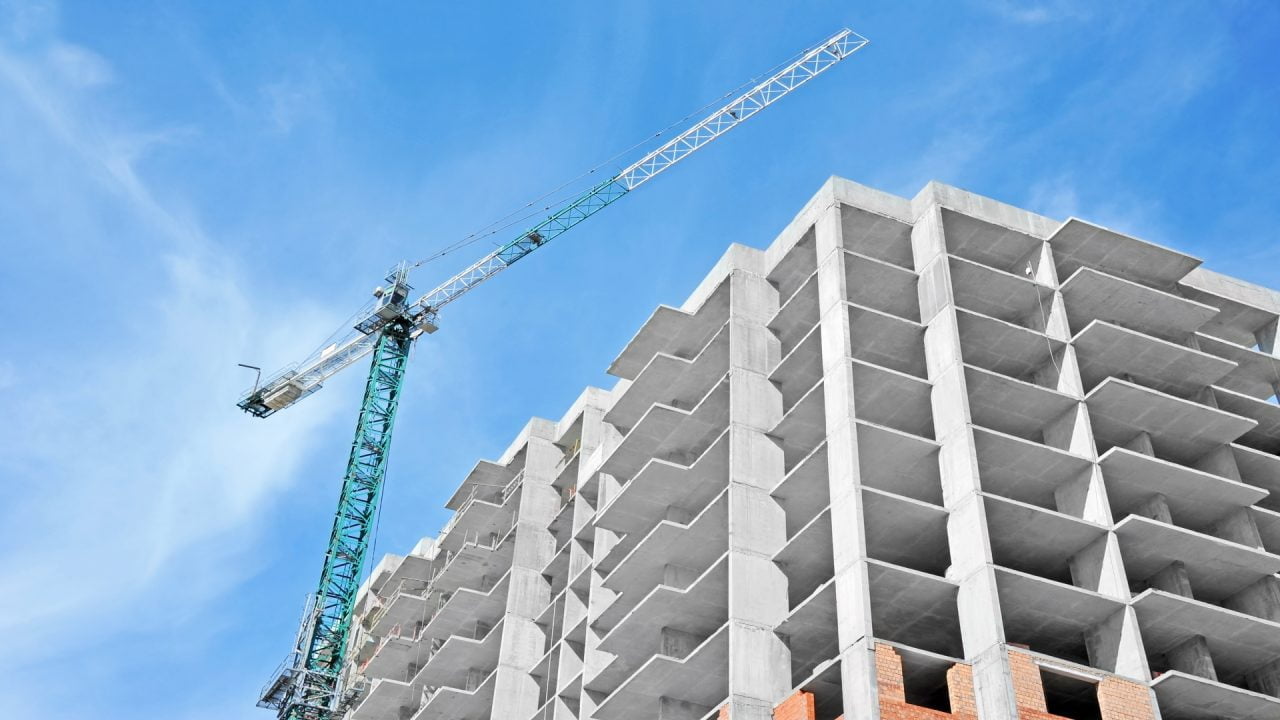In March 2020, the Government announced that it would be launching a new £1bn Building Safety Fund to provide funding to both public and private sector building owners for the remediation of external wall systems containing dangerous non-aluminium composite material (ACM) cladding in buildings over 18m.
The prospectus for the fund will be issued early this month and will set out the details of the fund. While we await the publication of this document we can only speculate as to how this fund will operate. However, from the information we have so far, it is clear that there will be two conditions to be met in order to obtain monies under the fund:
- The building must be at least 18m in height;
- In the private sector, grants will be for the benefit of leaseholders. In the social sector, those building owners who are unable to afford the cost of remediation will be prioritised. Those who are already taking forward the remedial work will be expected to continue to do so.
How the government will determine which building owners are unable to afford the works remains to be seen. The government has confirmed that the £1.6bn investment (comprising the £1bn non-ACM fund and the £600m ACM fund) is the limit of the funding it will issue in respect of remediation and we know that this will not be sufficient to cover the costs of the removal of unsafe materials from all tall buildings. The government has advised that any building owner who has already committed to paying for the works will be expected to honour these commitments although it is unclear whether this would preclude receipt of a grant under the fund. It will therefore be crucial for all building owners to consider the affordability of proposed or ongoing remedial works.
Applications under the fund are likely to be required within a relatively short window at the end of May and building owners should try to ensure that these are made as soon as possible (in the event that funding is released on a first come, first served basis). In preparation for making such applications building owners will need to ensure that they are able to demonstrate the funds being applied for under the fund and their affordability. This will include establishing the makeup of the external walls of the building and developing proposed remediation solutions and the costs of the same.
As with the ACM fund, the guidance issued to date confirms that a condition of receipt of funding is that building owners pursue warranty claims and take appropriate action against those responsible for the presence of the unsafe cladding on the buildings. Any amounts recovered under warranties or from third parties is to be re-paid to the government.
For more information please contact Mark London or Merrik Morgan.
